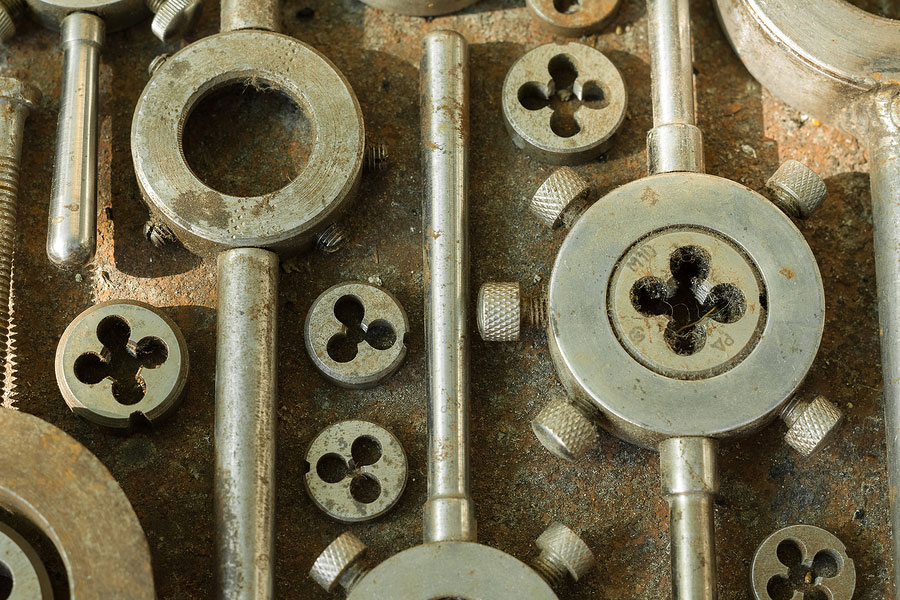The methods used to track and manage die maintenance costs will depend on the kind of die maintenance that your shop typically performs. Since there are four kinds of die maintenance, representing four distinct approaches to the process, tracking and managing cost has to be done a little differently for each.
Reactive maintenance
This is a type of maintenance performed whenever a tool fails or there’s a defect in stamping. This is basically an action taken in response to a failure, and it will generally trigger either a repair or a complete replacement. Tracking costs for this kind of maintenance is fairly simple, because it amounts to the cost of repairs or the cost of replacement parts, plus any labor involved in installation.
Predictive maintenance
When this approach is used, actual performance data from the equipment determines the point at which maintenance should occur, and it includes those kinds of tasks which provide an indication of decay rates or deteriorating conditions. Strain gauges or in-die load sensors handle continuous or periodic monitoring so as to detect degradation or wear at your most important die stations.
This information is then used to predict potential problems, as well as the best time to carry out maintenance. The cost of predictive die maintenance is minimal, since sensors and gauges are either active at all times or periodically, and the information they provide establishes a baseline for further maintenance.
Preventive maintenance
Preventive die maintenance consists of a collection of procedures which help to avoid breakdowns, and it ensures that tooling is always operating properly. The methods used can originate from technical handbooks, owners’ manuals, or even best practices for the industry, and sometimes even prior experience plays a major role in preventive maintenance.
Depending on how many tasks and procedures are included in a comprehensive preventive maintenance program, tracking the cost of this kind of maintenance can result in a wide range of expenses to a company. When fewer and less expensive tests are included in the preventive maintenance program, the ultimate cost will be minimal, and when it is necessary to include more procedures which are fairly expensive, the cost of preventive maintenance can mount up quickly.
Proactive maintenance
Proactive die maintenance is often referred to as reliability-centered maintenance, and it seeks to improve on process performance as well as instituting a program of solid maintenance for the equipment in your system. Proactive maintenance focuses primarily on finding the root causes of failures and then treating those issues before they develop into full-blown problems. In this sense, proactive maintenance serves as something of an extension of predictive maintenance. When proactive maintenance is used conscientiously, it cannot only prevent a number of potential failures, it can also save a considerable amount of money for your company.
Most companies which undertake an initiative to track and manage maintenance costs discover that too little time and effort is allocated to preventive maintenance. Another common discovery is that reactive maintenance is the most costly type, because it will generally include costs of machine downtime, expedited shipment of parts, and possibly even overtime for personnel. A very common conclusion encountered in tracking and managing maintenance die costs is that it’s much cheaper to undertake proactive maintenance than any other approach to maintaining equipment.
Velocity Metalworks has become recognized as a valued partner in the metal stamping industry for our strong Tool Design and Build competency. This, combined with our metal stamping capacity, precision machining services, and EDM capability make us a full service provider that can deliver value in your tooling and stamping needs. Contact us today to see how we can help you work even better.

